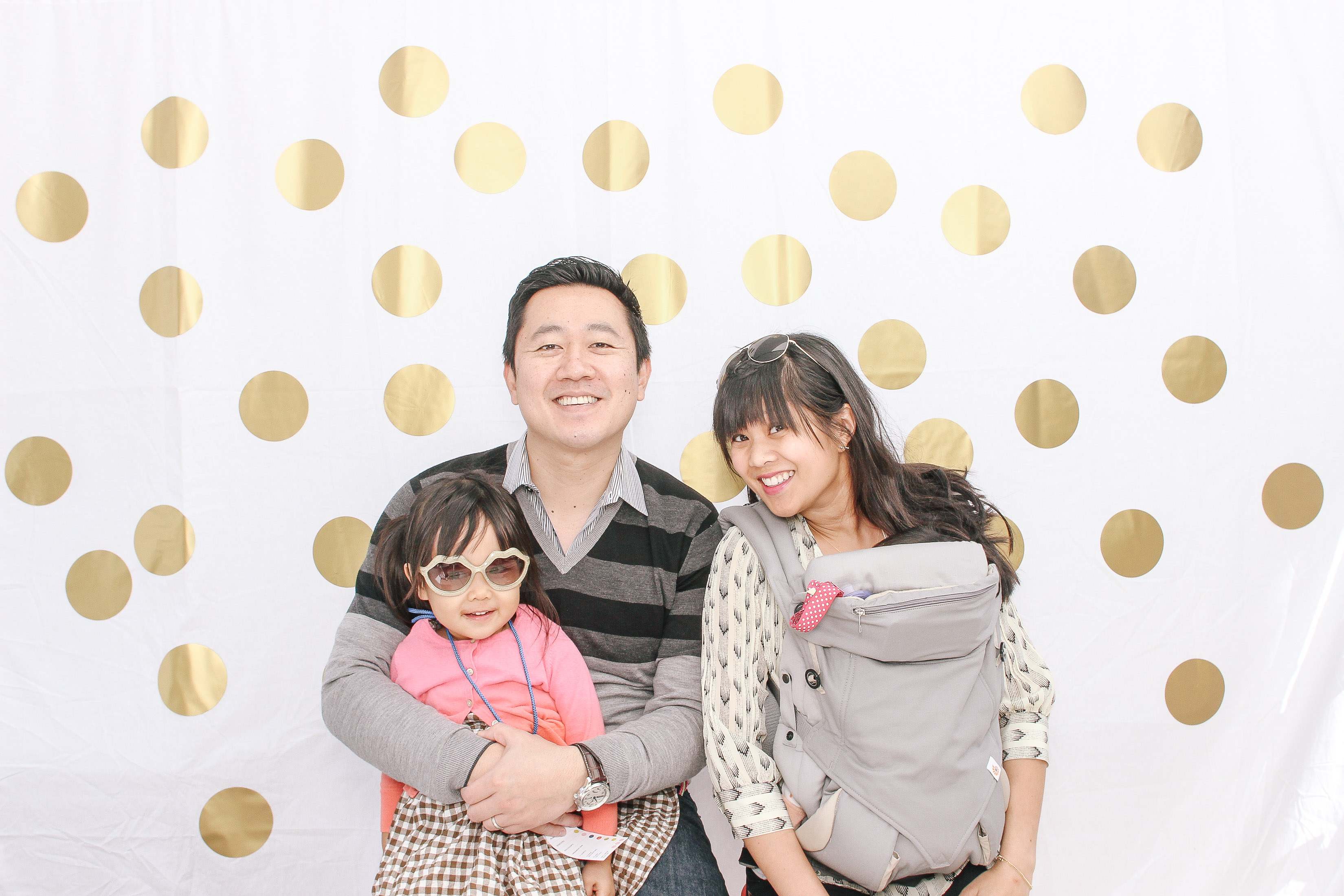
Babywearing has been a tradition for more than a thousand years, and for many reasons. It’s been a major convenience for working and stay-at-home moms and dads all these years, but the benefits of babywearing go way beyond making life a little easier for parents. Babywearing is one of the best ways to keep your baby close to you and experience life as you do. It furthers the bond between parent and child, and it makes getting to and from places comfortable and fun for both of you.
But some new parents have questions about babywearing, specifically questions regarding a baby’s safety in a carrier. They wonder how long you can carry a baby in a carrier or if you can wear your baby too much. Many parents are also concerned if a mom can safely babywear while pregnant or if babywearing will cause hip and spine problems.
Does babywearing cause hip dysplasia?
There has been a lot of misinformation spread on the internet about the safety of babywearing with respect to hip dysplasia and spine problems like spondylolysis (spinal stress fracture) or spondylolisthesis (spinal stress fracture causing misalignment of the vertebrae). These claims are usually made from sources without scientific backing or peer review.
There is no evidence that modern babywearing per se causes hip or spine problems. Certain populations, like the Inuit Eskimo population, have an abnormally high rate of hip dysplasia and spondylolysis or spondylolisthesis, and this is thought to be from two issues. One, there is a genetic predisposition of some populations like the Inuit Eskimo to have these problems because of anatomic differences in how their hips or spines are built. Two, the Inuit people use a type of carrier called a papoose, which holds a baby’s legs tightly bound together and is attached to a rigid board for very long periods at a time. This is the worst position for the hips to be in as an infant, as it forces the hips into adduction and creates stresses that try to push the ball out of the socket in the hip joint. The rigid board transmits all the stresses of the parent walking into the papoose, and ultimately to the baby’s spine, which can contribute to creating areas of stress in the delicate portions of the baby’s vertebrae.
How can I safely wear my baby?
As someone who treats infants and children with hip and spine problems, the question I get most often asked is, “Doc, which baby carrier is safest for my child?” My answer is to look for a baby carrier that keeps the baby’s hips in a position of safety at all times, as well as one that is flexible and soft enough to dissipate the forces of walking on a baby’s bones. The position of safety for a baby’s hips is abduction (spread out) and flexion (knees and hips bent 90 degrees with respect to the torso). This is the position that treatment devices like the Pavlik Harness put a hip in to improve hip dysplasia without surgery.
Many modern carriers do this to some degree, although some of the “crotch-danglers” do not flex or abduct the hips enough for me to feel safe about putting my own child in them, let alone recommending them to patients and parents. The reason my wife and I really believed in the Ergobaby baby carriers is that the baby is always kept in a safe hip position, and each carrier is flexible enough to absorb the shock of walking, which makes it safe for the baby’s spine as well. The Omni baby carrier, available in Breeze mesh fabric or Dream soft-touch cotton, is further advanced in safety because these carriers maintain the same hip position whether or not the baby is facing inward or outward. That way, the parent can have the choice of if and when they want to face the baby outward and not compromise their baby’s spine or hip safety.
My wife and I personally used the Ergobaby 360 Baby Carrier for our baby Coco (who always finds a way to take naps in it wherever we are). When Coco is old enough to want to explore the world with us with her own eyes, we feel very secure in turning her outward when we feel that her head and trunk control is strong enough to keep herself upright for our adventures.
In conclusion, babywearing is a safe and effective way of carrying your infant or toddler, whether around your house or on a hike, provided that your carrier keeps your child’s hips in a position of safety and is soft and flexible enough to dissipate the shock of walking. Please consult your pediatrician or pediatric orthopedic surgeon if you are unsure or need further guidance about babywearing or your carrier of choice.

